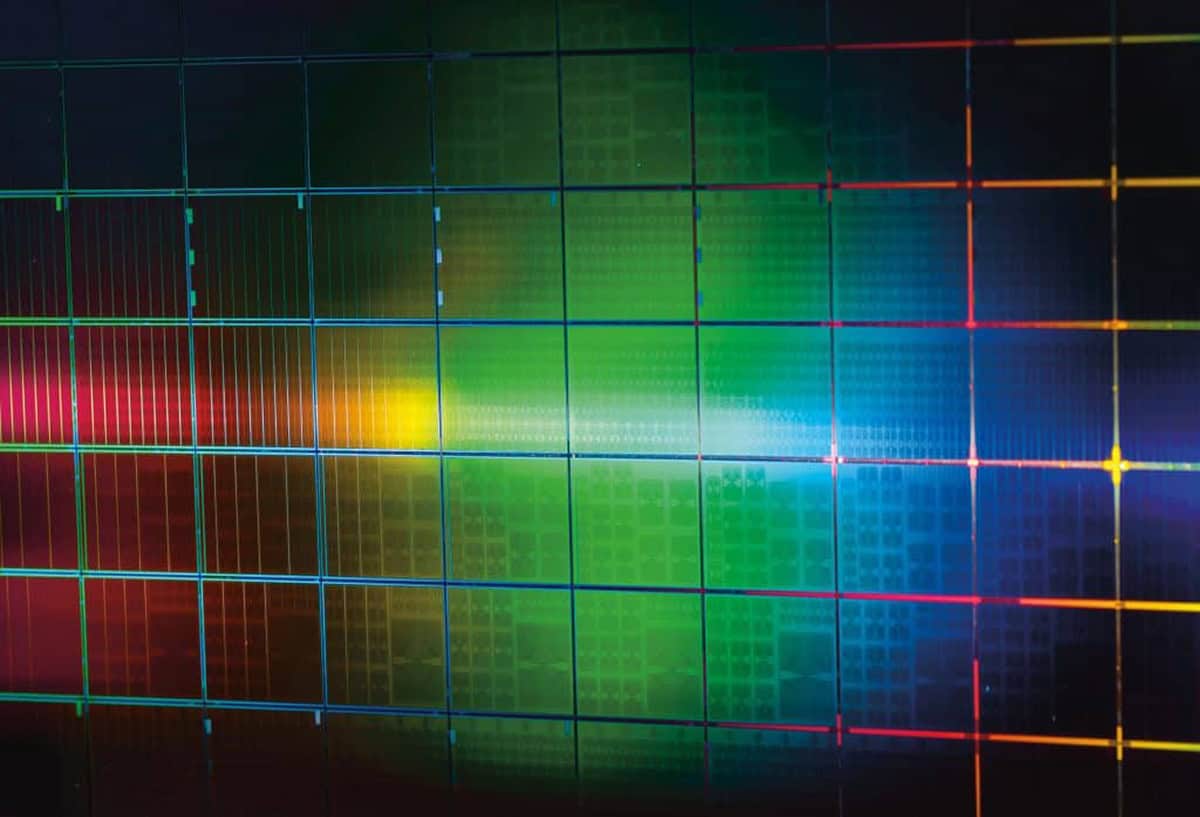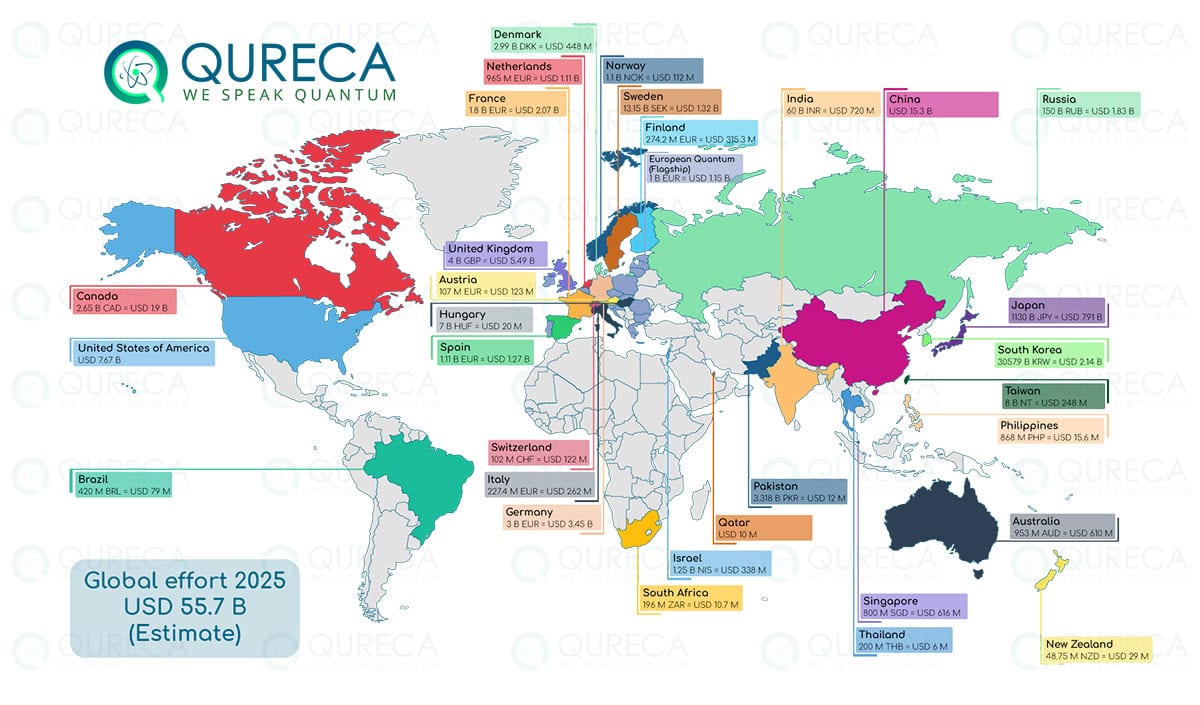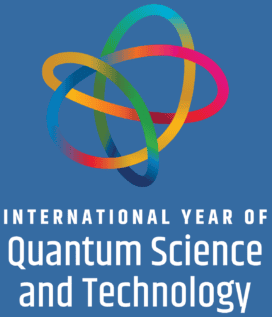Quantum computing on the verge: a look at the quantum marketplace of today
“I’d be amazed if quantum computing produces anything technologically useful in ten years, twenty years, even longer.” So wrote University of Oxford physicist David Deutsch – often considered the father of the theory of quantum computing – in 2004. But, as he added in a caveat, “I’ve been amazed before.”
We don’t know how amazed Deutsch, a pioneer of quantum computing, would have been had he attended a meeting at the Royal Society in London in February on “the future of quantum information.” But it was tempting to conclude from the event that quantum computing has now well and truly arrived, with working machines that harness quantum mechanics to perform computations being commercially produced and shipped to clients. Serving as the UK launch of the International Year of Quantum Science and Technology (IYQ) 2025, it brought together some of the key figures of the field to spend two days discussing quantum computing as something like a mature industry, even if one in its early days.
Werner Heisenberg – who worked out the first proper theory of quantum mechanics 100 years ago – would surely have been amazed to find that the formalism he and his peers developed to understand the fundamental behaviour of tiny particles had generated new ways of manipulating information to solve real-world problems in computation. So far, quantum computing – which exploits phenomena such as superposition and entanglement to potentially achieve greater computational power than the best classical computers can muster – hasn’t tackled any practical problems that can’t be solved classically.
Although the fundamental quantum principles are well-established and proven to work, there remain many hurdles that quantum information technologies have to clear before this industry can routinely deliver resources with transformative capabilities. But many researchers think that moment of “practical quantum advantage” is fast approaching, and an entire industry is readying itself for that day.
Entangled marketplace
So what are the current capabilities and near-term prospects for quantum computing?
The first thing to acknowledge is that a booming quantum-computing market exists. Devices are being produced for commercial use by a number of tech firms, from the likes of IBM, Google, Canada-based D-Wave, and Rigetti who have been in the field for a decade or more; to relative newcomers like Nord Quantique (Canada), IQM (Finland), Quantinuum (UK and US), Orca (UK) and PsiQuantum (US), Silicon Quantum Computing (Australia).
The global quantum ecosystem
We are on the cusp of a second quantum revolution, with quantum science and technologies growing rapidly across the globe. This includes quantum computers; quantum sensing (ultra-high precision clocks, sensors for medical diagnostics); as well as quantum communications (a quantum internet). Indeed, according to the State of Quantum 2024 report, a total of 33 countries around the world currently have government initiatives in quantum technology, of which more than 20 have national strategies with large-scale funding. As of this year, worldwide investments in quantum tech – by governments and industry – exceed $55.7 billion, and the market is projected to reach $106 billion by 2040. With the multitude of ground-breaking capabilities that quantum technologies bring globally, it’s unsurprising that governments all over the world are eager to invest in the industry.
With data from a number of international reports and studies, quantum education and skills firm QURECA has summarized key programmes and efforts around the world. These include total government funding spent through 2025, as well as future commitments spanning 2–10 year programmes, varying by country. These initiatives generally represent government agencies’ funding announcements, related to their countries’ advancements in quantum technologies, excluding any private investments and revenues.
A supply chain is also organically developing, which includes manufacturers of specific hardware components, such as Oxford Instruments and Quantum Machines and software developers like Riverlane, based in Cambridge, UK, and QC Ware in Palo Alto, California. Supplying the last link in this chain are a range of eager end-users, from finance companies such as J P Morgan and Goldman Sachs to pharmaceutical companies such as AstraZeneca and engineering firms like Airbus. Quantum computing is already big business, with around 400 active companies and current global investment estimated at around $2 billion.
But the immediate future of all this buzz is hard to assess. When the chief executive of computer giant Nvidia announced at the start of 2025 that “truly useful” quantum computers were still two decades away, the previously burgeoning share prices of some leading quantum-computing companies plummeted. They have since recovered somewhat, but such volatility reflects the fact that quantum computing has yet to prove its commercial worth.
The field is still new and firms need to manage expectations and avoid hype while also promoting an optimistic enough picture to keep investment flowing in. “Really amazing breakthroughs are being made,” says physicist Winfried Hensinger of the University of Sussex, “but we need to get away from the expectancy that [truly useful] quantum computers will be available tomorrow.”
The current state of play is often called the “noisy intermediate-scale quantum” (NISQ) era. That’s because the “noisy” quantum bits (qubits) in today’s devices are prone to errors for which no general and simple correction process exists. Current quantum computers can’t therefore carry out practically useful computations that could not be done on classical high-performance computing (HPC) machines. It’s not just a matter of better engineering either; the basic science is far from done.

“We are right on the cusp of scientific quantum advantage – solving certain scientific problems better than the world’s best classical methods can,” says Ashley Montanaro, a physicist at the University of Bristol who co-founded the quantum software company Phasecraft. “But we haven’t yet got to the stage of practical quantum advantage, where quantum computers solve commercially important and practically relevant problems such as discovering the next lithium-ion battery.” It’s no longer if or how, but when that will happen.
Pick your platform
As the quantum-computing business is such an emerging area, today’s devices use wildly different types of physical systems for their qubits. There is still no clear sign as to which of these platforms, if any, will emerge as the winner. Indeed many researchers believe that no single qubit type will ever dominate.
The top-performing quantum computers, like those made by Google (with its 105-qubit Willow chip) and IBM (which has made the 121-qubit Condor), use qubits in which information is encoded in the wavefunction of a superconducting material. Until recently, the strongest competing platform seemed to be trapped ions, where the qubits are individual ions held in electromagnetic traps – a technology being developed into working devices by the US company IonQ, spun out from the University of Maryland, among others.
But over the past few years, neutral trapped atoms have emerged as a major contender, thanks to advances in controlling the positions and states of these qubits. Here the atoms are prepared in highly excited electronic states called Rydberg atoms, which can be entangled with one another over few a micrometres. A Harvard startup called QuEra is developing this technology, as is the French start-up Pasqal. In September a team from the California Institute of Technology announced a 6,100-qubit array made from neutral atoms. “Ten years ago I would not have included [neutral-atom] methods if I were hedging bets on the future of quantum computing,” says Deutsch’s Oxford colleague, the quantum information theorist Andrew Steane. But like many, he thinks differently now.
Some researchers believe that optical quantum computing, using photons as qubits, will also be an important platform. One advantage here is that there is no need for complex conversion of photonic signals in existing telecommunications networks going to or from the processing units, which is also handy for photonic interconnections between chips. What’s more, photonic circuits can work at room temperature, whereas trapped ions and superconducting qubits need to be cooled. Photonic quantum computing is being developed by firms like PsiQuantum, Orca, and Xanadu.
Other efforts, for example at Intel and Silicon Quantum Computing in Australia, make qubits from either quantum dots (Intel) or precision-placed phosphorus atoms (SQC), both in good old silicon, which benefits from a very mature manufacturing base. “Small qubits based on ions and atoms yield the highest quality processors”, says Michelle Simmons of the University of New South Wales, who is the founder and CEO of SQC. “But only atom-based systems in silicon combine this quality with manufacturability.”

And it’s not impossible that entirely new quantum computing platforms might yet arrive. At the start of 2025, researchers at Microsoft’s laboratories in Washington State caused a stir when they announced that they had made topological qubits from semiconducting and superconducting devices, which are less error-prone than those currently in use. The announcement left some scientists disgruntled because it was not accompanied by a peer-reviewed paper providing the evidence for these long-sought entities. But in any event, most researchers think it would take a decade or more for topological quantum computing to catch up with the platforms already out there.
Each of these quantum technologies has its own strengths and weaknesses. “My personal view is that there will not be a single architecture that ‘wins’, certainly not in the foreseeable future,” says Michael Cuthbert, founding director of the UK’s National Quantum Computing Centre (NQCC), which aims to facilitate the transition of quantum computing from basic research to an industrial concern. Cuthbert thinks the best platform will differ for different types of computation: cold neutral atoms might be good for quantum simulations of molecules, materials and exotic quantum states, say, while superconducting and trapped-ion qubits might be best for problems involving machine learning or optimization.
Measures and metrics
Given these pros and cons of different hardware platforms, one difficulty in assessing their merits is finding meaningful metrics for making comparisons. Should we be comparing error rates, coherence times (basically how long qubits remain entangled), gate speeds (how fast a single computational step can be conducted), circuit depth (how many steps a single computation can sustain), number of qubits in a processor, or what? “The metrics and measures that have been put forward so far tend to suit one or other platform more than others,” says Cuthbert, “such that it becomes almost a marketing exercise rather than a scientific benchmarking exercise as to which quantum computer is better.”
The NQCC evaluates the performance of devices using a factor known as the “quantum operation” (QuOp). This is simply the number of quantum operations that can be carried out in a single computation, before the qubits lose their coherence and the computation dissolves into noise. “If you want to run a computation, the number of coherent operations you can run consecutively is an objective measure,” Cuthbert says. If we want to get beyond the NISQ era, he adds, “we need to progress to the point where we can do about a million coherent operations in a single computation. We’re now at the level of maybe a few thousand. So we’ve got a long way to go before we can run large-scale computations.”
One important issue is how amenable the platforms are to making larger quantum circuits. Cuthbert contrasts the issue of scaling up – putting more qubits on a chip – with “scaling out”, whereby chips of a given size are linked in modular fashion. Many researchers think it unlikely that individual quantum chips will have millions of qubits like the silicon chips of today’s machines. Rather, they will be modular arrays of relatively small chips linked at their edges by quantum interconnects.
Having made the Condor, IBM now plans to focus on modular architectures (scaling out) – a necessity anyway, since superconducting qubits are micron-sized, so a chip with millions of them would be “bigger than your dining room table”, says Cuthbert. But superconducting qubits are not easy to scale out because microwave frequencies that control and read out the qubits have to be converted into optical frequencies for photonic interconnects. Cold atoms are easier to scale up, as the qubits are small, while photonic quantum computing is easiest to scale out because it already speaks the same language as the interconnects.
To be able to build up so called “fault tolerant” quantum computers, quantum platforms must solve the issue of error correction, which will enable more extensive computations without the results becoming degraded into mere noise.
In part two of this feature, we will explore how this is being achieved and meet the various firms developing quantum software. We will also look into the potential high-value commercial uses for robust quantum computers – once such devices exist.
This article forms part of Physics World‘s contribution to the 2025 International Year of Quantum Science and Technology (IYQ), which aims to raise global awareness of quantum physics and its applications.
Stayed tuned to Physics World and our international partners throughout the year for more coverage of the IYQ.
Find out more on our quantum channel.
The post Quantum computing on the verge: a look at the quantum marketplace of today appeared first on Physics World.






















